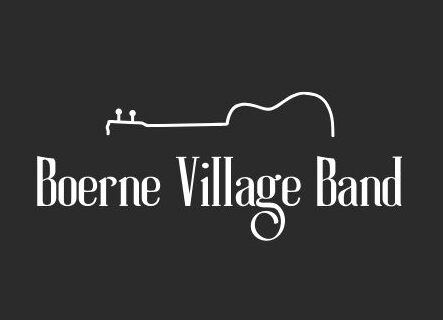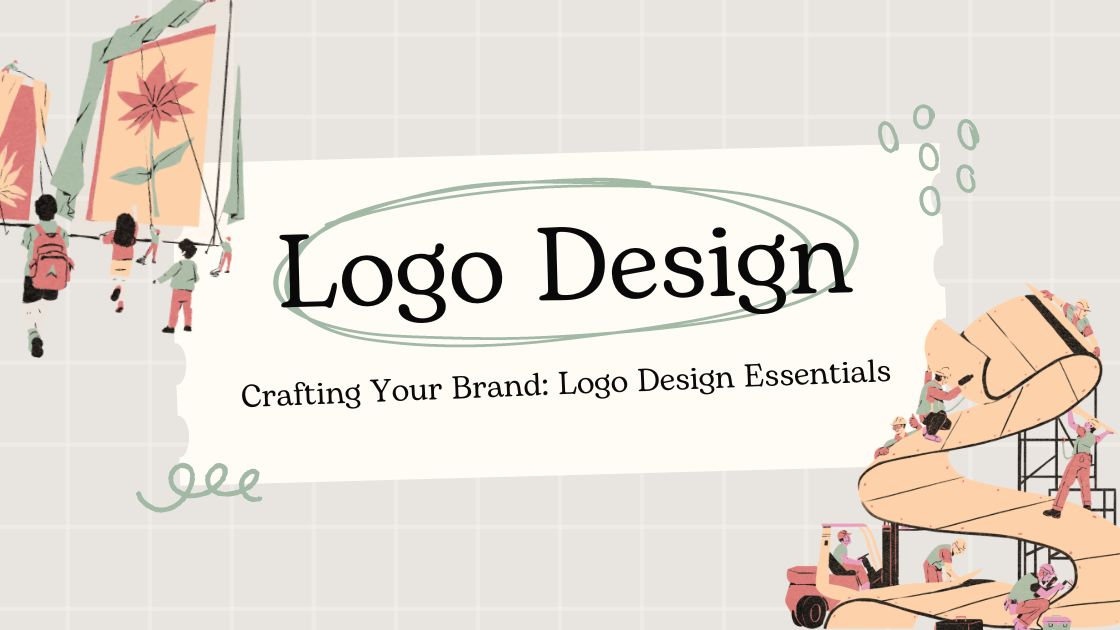Your brand is the essence of your business. It’s the impression you leave on customers, the emotions you evoke, and the promise you deliver. And at the heart of your brand lies your logo.
In today’s competitive landscape, where first impressions are formed in an instant, your logo is your ambassador, representing your identity and values to the world. It’s the visual cornerstone of your brand, encapsulating the essence of who you are and what you stand for.
In this article, we delve into the art and essentials of logo design, exploring the essential elements that go into crafting a memorable and impactful logo. From simplicity and versatility to originality and timelessness, we uncover the key principles that underpin successful logo design.
Whether you’re a startup looking to make your mark or an established brand seeking a refresh, understanding logo design essentials is crucial to building a strong and enduring brand identity. So let’s embark on this journey together, as we uncover the secrets to crafting a brand that stands out in a crowded marketplace.
Contents
Logo Design Essentials
Define Your Brand Identity
Brand identity encompasses the visual elements that represent your brand, including colors, logos, and design style. These elements work together to distinguish your brand in the minds of customers. Before delving into logo design, it’s crucial to establish your brand identity by:
- Creating a mind map of brand values.
- Reflecting on the purpose (the “why”) of your business.
- Collaborating with your team to refine brand values.
- Starting the conceptualization process to visualize your logo.
Seek Inspiration
Gaining inspiration is essential for initiating the creative process. Explore various sources to gather ideas for your logo design:
- Browse logo repositories like Logoed and Logospire.
- Analyze competitors’ logos to identify trends.
- Explore design-related hashtags on platforms like Instagram (#logo, #logodesigns).
- Determine Logo Style
Your logo style should align with your brand’s overall vibe and customer experience. Consider the emotions you want to evoke in customers and choose a style accordingly:
Classic
Timeless and elegant, appealing to a broad audience.
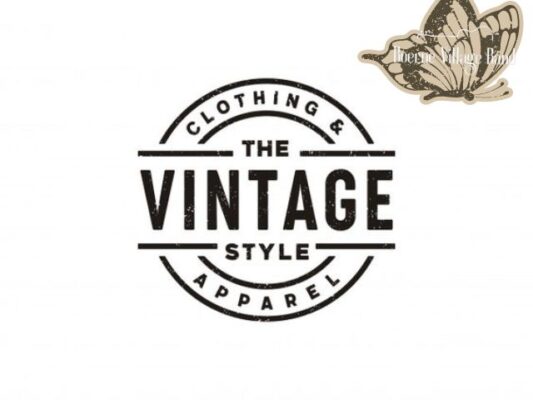
Vintage
Evokes nostalgia with worn-look elements and muted colors.

Modern
Minimalist and trendy, featuring simple lines and ample white space.
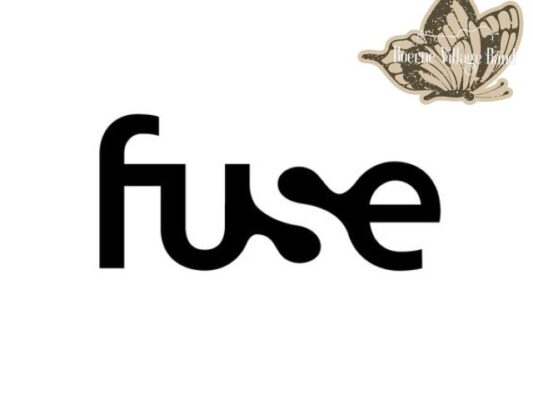
Fun
Vibrant and quirky, suitable for brands targeting a youthful audience.

Handmade
Reflects craftsmanship and authenticity with hand-drawn elements.

Choose a Logo Type
Understanding different logo types helps in crafting a logo that effectively represents your brand:
Monogram Logos
Consist of letters, often the brand’s initials (e.g., IBM).
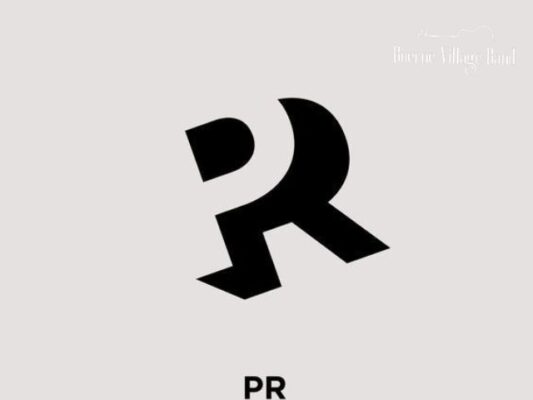
Wordmarks
Font-based logos displaying the company name (e.g., Disney).

Pictorial Marks
Graphic-based logos instantly recognizable (e.g., Apple).

Abstract Logo Marks
Unique symbols representing the brand (e.g., Airbnb).

Mascots
Character-based logos adding personality to the brand (e.g., M&M’s).
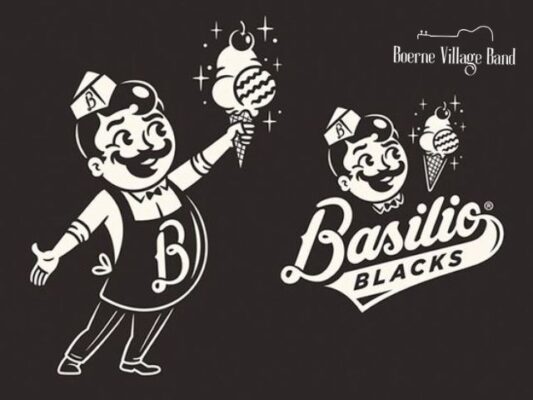
Combination Marks
Combine wordmarks or lettermarks with symbols (e.g., Burger King).
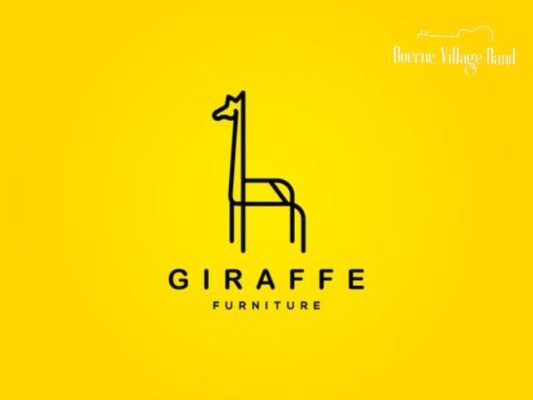
Decide on a Color Scheme
Colors play a crucial role in brand perception and should align with your brand’s personality and values. Consider color psychology and the emotions associated with different colors:
- Brown
- Natural and rustic, evoking warmth and authenticity.
- Orange
- Energetic and passionate, radiating warmth and enthusiasm.
- Yellow
- Bright and cheerful, symbolizing optimism and positivity.
- Green
- Fresh and calming, associated with nature and eco-friendliness.
- Pink
- Soft and gentle, conveying femininity and kindness.
- Red
- Bold and passionate, invoking excitement and intensity.
- Purple
- Mysterious and luxurious, symbolizing wealth and creativity.
- Blue
- Trustworthy and serene, representing stability and reliability.
- Black, Gray, and White
- Timeless and neutral, signifying sophistication and clarity.
Experiment with different color palettes using online tools like Paletton and Coolors.
Pick a Font
Even if your logo doesn’t include text, choosing suitable typefaces is essential for brand consistency across various materials. Consider different type styles serif, sans serif, script, and decorative and their respective characteristics.
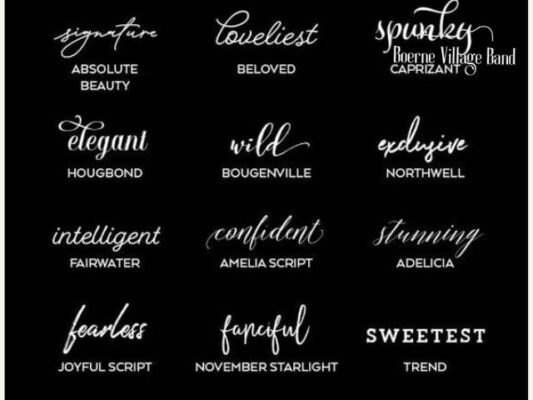
Outline a Logo Shape
The shape of your logo influences brand perception and should align with your brand’s message. Common logo shapes and their associations include circles (community and warmth), squares (stability and balance), triangles (power and innovation), and lines (strength and calmness).
Fine-Tune Your Logo Design
Refine your logo design through the creative process, experimenting with various concepts and seeking feedback from stakeholders. Ask specific questions to gather valuable insights about how your logo resonates with your brand identity.
Logo Design Best Practices
Prioritize Simplicity
Keep your logo design clean and uncluttered to ensure instant recognition and understanding. Nike’s iconic swoosh logo exemplifies the power of simplicity.
Ensure Versatility
Your logo should work well across various backgrounds and mediums. Test it against different colors and orientations to maintain legibility and clarity.
Design with Your Audience in Mind
Create a logo that aligns with your brand’s perception and resonates with your target audience. Consider their demographics and interests to meet their expectations.

Emphasize Originality
Stand out from competitors by avoiding generic designs and cliché symbols. Aim for uniqueness to carve out your niche in the market.
Strive for Timelessness
Aim for a logo that transcends trends and remains relevant for years to come. Avoid following fleeting design trends and opt for a classic, enduring design.
Logo Design Tools
HubSpot Logo Maker
HubSpot’s Logo Maker offers professionally designed templates tailored to your brand’s needs. Simply provide your industry, company name, and slogan to get personalized recommendations.
Canva
Canva is an intuitive graphic design tool with a vast library of templates and design assets. It’s ideal for beginners and small business owners seeking a hands-on approach to logo creation.

Adobe Illustrator
Illustrator is a vector-based graphics software renowned for its powerful features and customization options. It’s favored by experienced design professionals and agencies for creating professional logos.
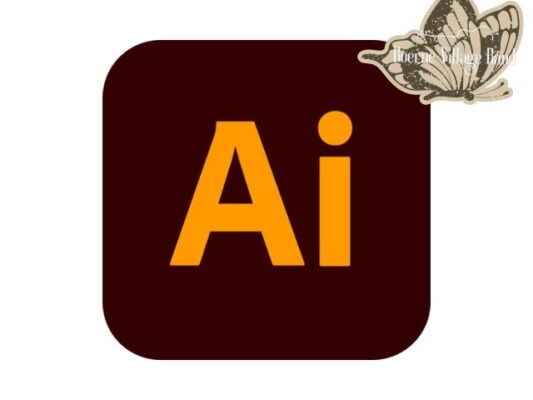
Hatchful
Hatchful is a logo maker tool from Shopify that generates logo options based on your company’s industry and visual style preferences. It’s perfect for entrepreneurs looking to create high-quality logos with minimal effort.
Squarespace Logo Creator
Squarespace’s logo creator tool enables quick and easy logo generation with a modern and minimal aesthetic. It’s suitable for entrepreneurs and small businesses seeking clean, minimal logos.
Looka
Looka’s AI-powered logo creation engine generates logo options based on your brand name, industry, and color preferences. It’s ideal for entrepreneurs without design experience who prioritize logo quality.
CorelDRAW
CorelDRAW is a fully loaded vector design program available for Windows and macOS. It’s an alternative to Adobe Illustrator, offering similar functionality at a more budget-friendly price.
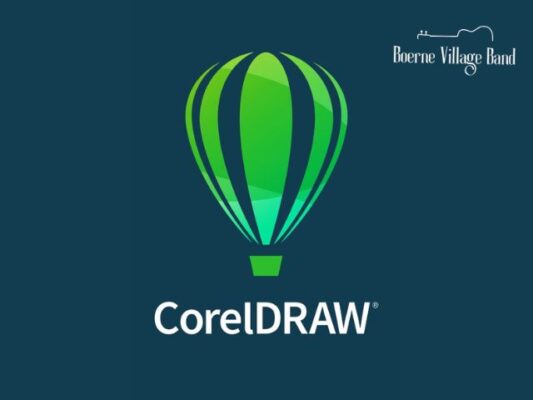
Affinity Designer
Affinity Designer is a desktop alternative to Adobe Illustrator compatible with macOS, Windows, and iPad. It’s a budget-friendly option for professional designers and agencies seeking a comprehensive design toolkit.
Conclusion
Effective logo design is essential for establishing brand identity, communicating brand values, and making a memorable impression on customers. By adhering to best practices such as prioritizing simplicity, ensuring versatility, designing with the audience in mind, emphasizing originality, and striving for timelessness, businesses can create logos that resonate with their target audience and stand the test of time.
Moreover, the availability of various logo design tools, ranging from user-friendly online platforms like Canva and Hatchful to professional-grade software like Adobe Illustrator and CorelDRAW, provides businesses with the flexibility and resources needed to bring their logo visions to life.
Ultimately, investing time and effort into crafting a well-designed logo pays dividends in building brand recognition, fostering customer loyalty, and distinguishing oneself in a competitive market landscape. By following these best practices and utilizing the right tools, businesses can create logos that serve as powerful symbols of their identity and values.
Related Post
Best 19+ Romantic Fonts for Wedding Invitations
26+ Modern Handwriting Fonts Quality
Perfect 12 Easy Tricks to Improve Drawing
